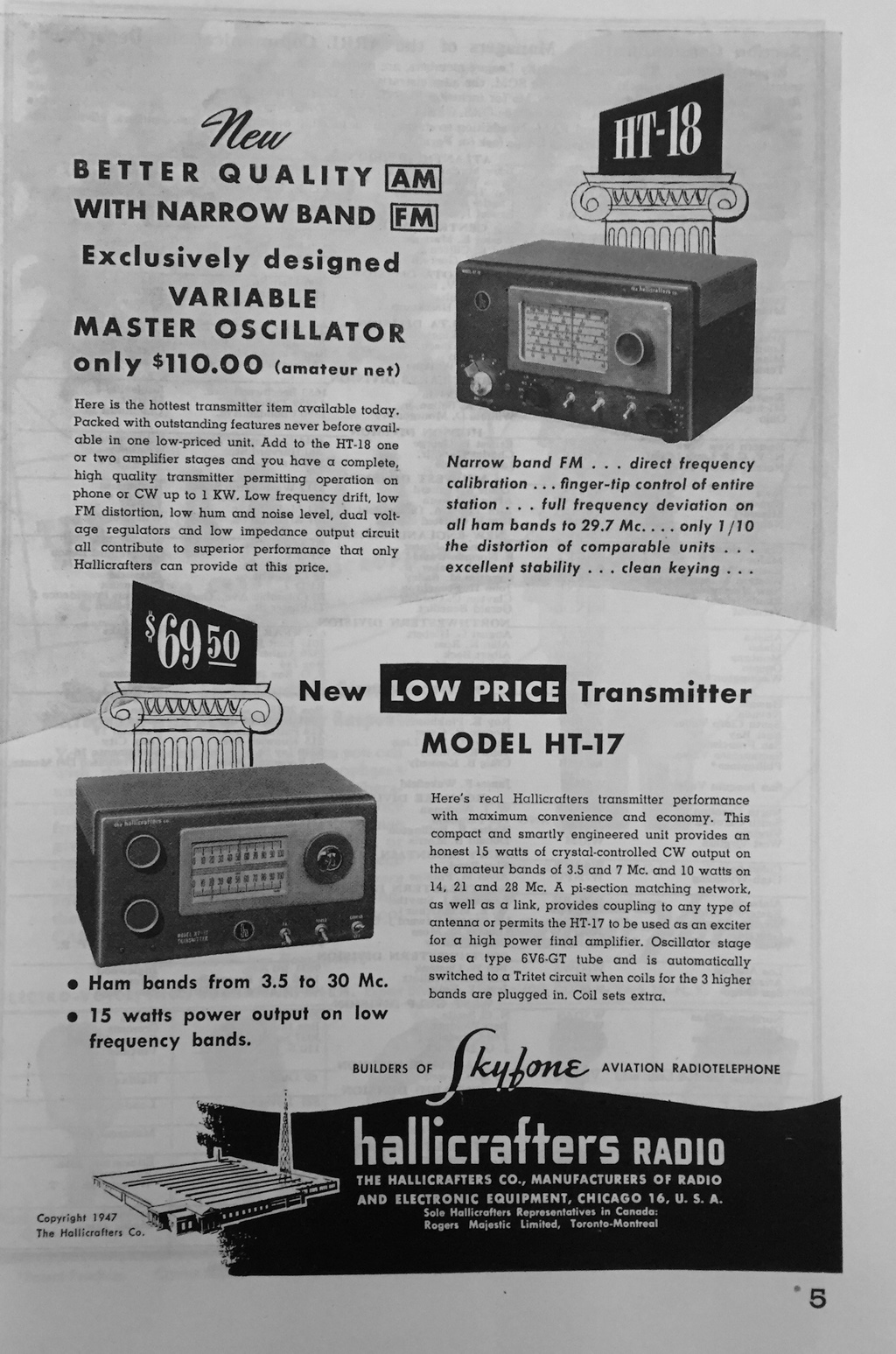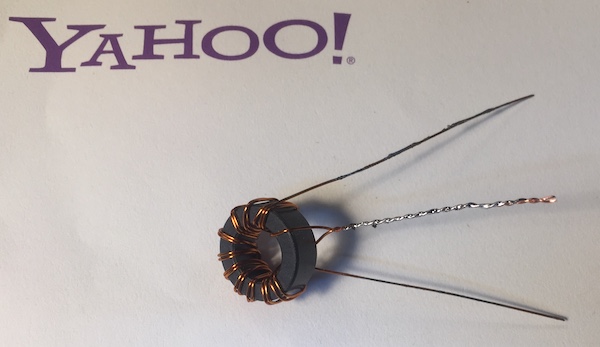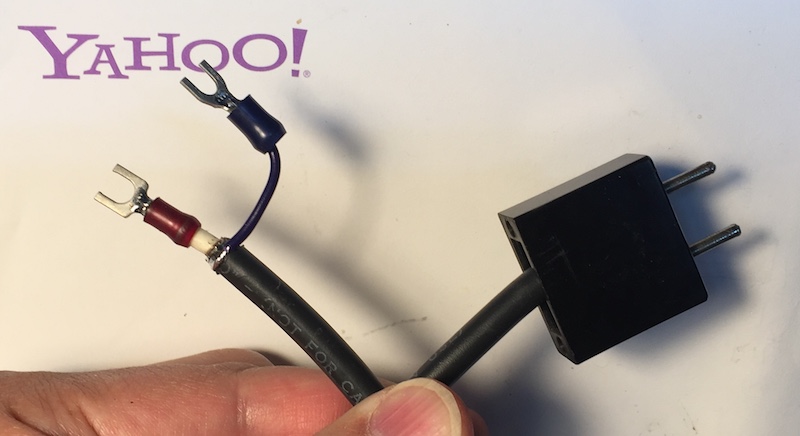[An ad from 1947 QST]

The Hallicrafters HT-18 is a VFO that was sold between 1947-1948. It puts out about 4W on a 72 ohm load, so it can also be used as a QRP transmitter. The HT-19 transmitter was a full-size transmitter with an embedded HT-18 and a linear amplifer that required plug-in coils to be swapped to switch the band. In late 1940s, narrowband FM was briefly promoted as an alternative to AM on HF bands, as they were better for reducing TVI and QRM. Also it was simpler to implement. Many receivers of this era also featured NBFM mode or a socket for plug-in detector.

With the 4W nominal output, the HT-18 can be used as a QRP CW/FM transmitter. However, when I checked the output on a spectrum analyzer, the second harmonic was only 20dB down, so it might need extra filtering. Three 6BA6 are used for mic amp, reactor and osc. The deviation can be adjusted for each band.






I then tried to drive my HT-40 with it. Wound a 4:1 transformer and tried terminating it with 10k and 1k ohm. It is operating far below the maximum plate dissipation of 6L6, so even if all energy returned to the tube, it wouldn't get damaged. The extra place current might blow the fuse though. As long as there is no serious distortion in the output signal, there is no need for a precise impedance mathing in this application. I fabricated a cable (RG-59) to connect from the output screw terminal to the FT-243 crystal socket of the HT-40.
 |
 |
The realy control from the HT-18 is connected to the keying line of the HT-40, so that when the PLATE switch is flipped, HT-40 will go into the transmit mode. Actual power output will appear when the HT-18 is keyed. For AM, the mic is connected to the HT-40 and for FM I move it to the HT-18.

The following video shows the two in action. Pardon my code.
The transmissions were happening on 29MHz. For the AM on the HT-40, the neon modulation indicator should barely flicker. In the beginning the mic was too close to my mouth. During the FM transmission, I tried changing the deviation settings.